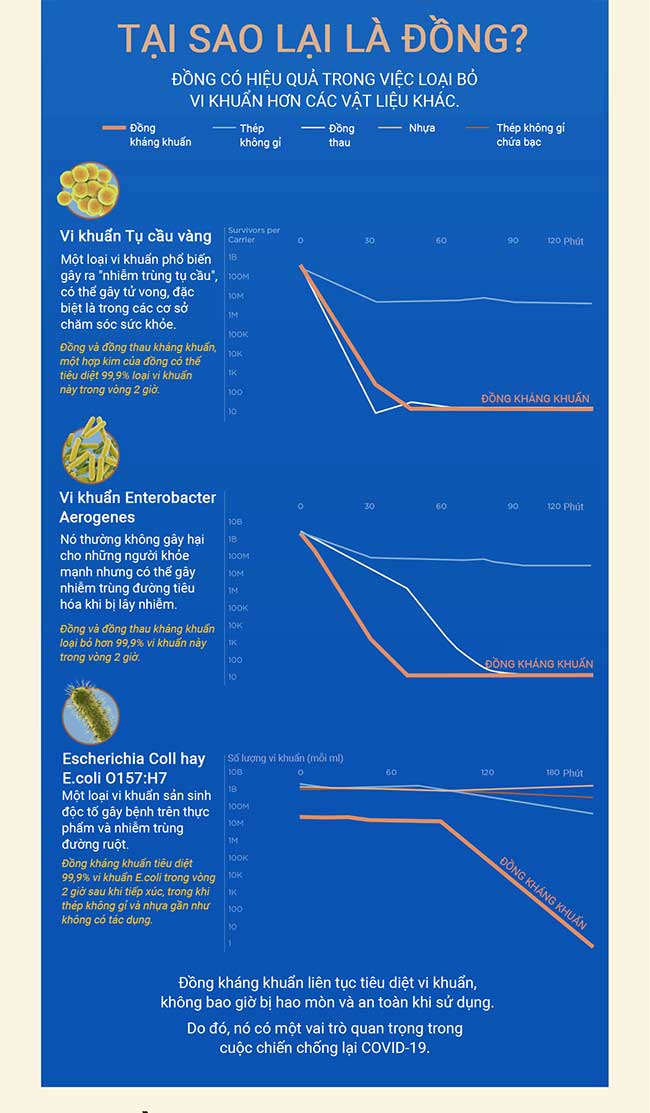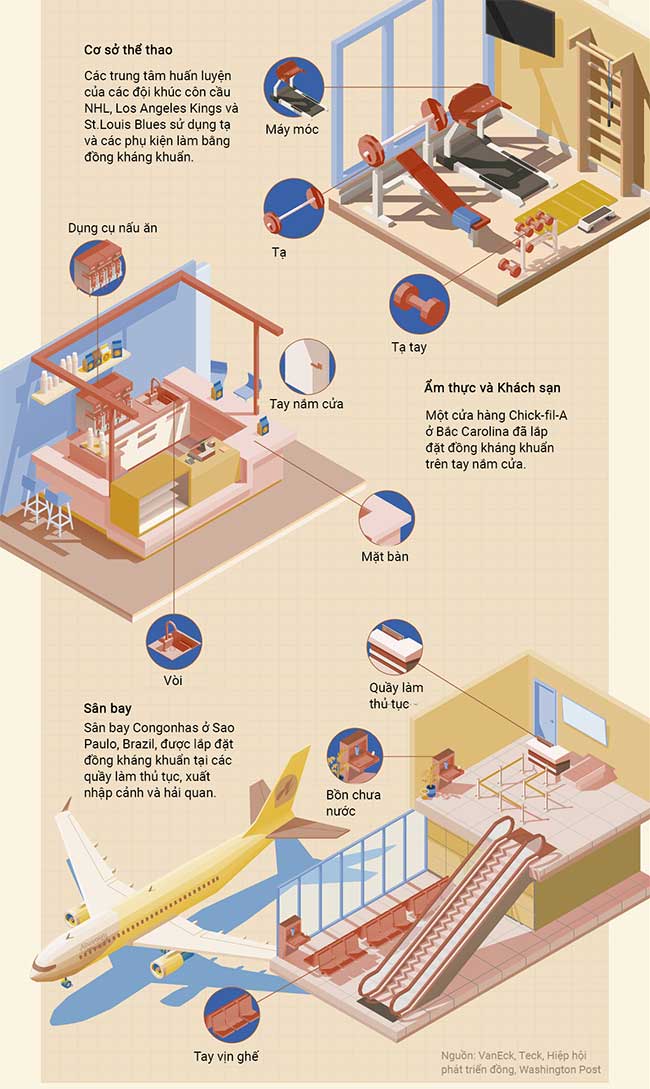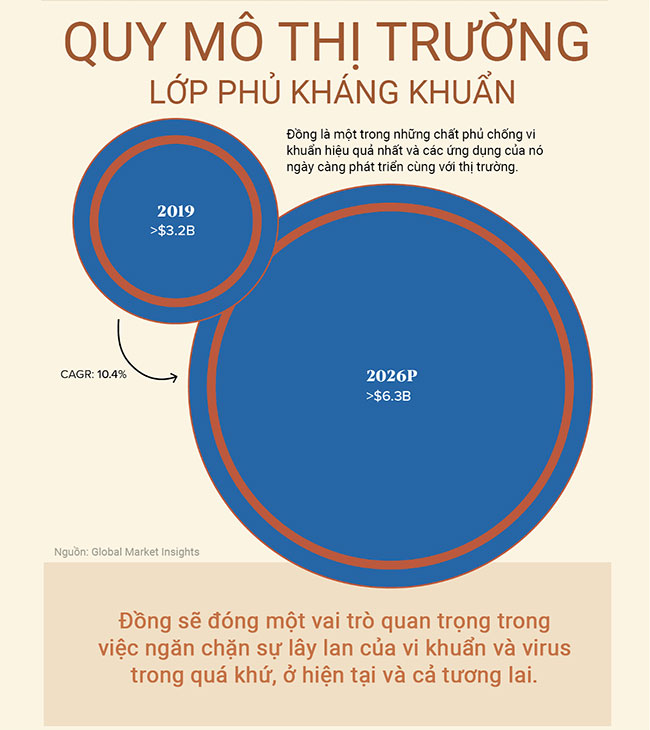Copper has numerous applications in electronics, infrastructure, and energy. This metal is almost ubiquitous, from the wiring in our devices to the buildings we inhabit.
Additionally, the medical applications of copper have existed for thousands of years and continue to this day.
The following infographic will illustrate copper’s ability to combat bacteria and its expanding role in modern healthcare.
Copper vs. Covid-19
Public contact surfaces are one of the most common ways Covid-19 spreads, and copper can help prevent this transmission.
According to a study published in the New England Journal of Medicine, the SARS-CoV-2 virus can survive for up to three days on plastic surfaces, compared to just four hours on copper surfaces. Furthermore, based on tests against more resistant viruses, the EPA hopes to develop copper compounds capable of eliminating 99.9% of SARS-CoV-2 within two hours. Copper’s antibacterial and antimicrobial properties allow for its use in various industries.
Applications of Antibacterial Copper
From healthcare to transportation, nearly every sector can enhance hygiene by installing antibacterial copper on frequently touched surfaces.
For example, a trial conducted by TransLink, Teck Resources Ltd., and Vancouver Coastal Health demonstrated that copper eliminates up to 99.9% of bacteria on high-contact surfaces in public transportation. This indicates that simply installing antibacterial copper on handrails, door handles, and light poles can provide people with additional protection against germs.
Moreover, copper can create a highly effective antibacterial surface in healthcare facilities, where the risk of infection is higher. A study by Schmidt et al., published in the Journal of Applied and Environmental Microbiology, showed that hospital beds with copper surfaces contained 95% fewer bacteria than standard beds.
Furthermore, sports facilities, airports, and restaurants have also utilized antibacterial copper as a protective layer. As more industries recognize the antibacterial properties of copper, its applications are likely to continue expanding.

























































